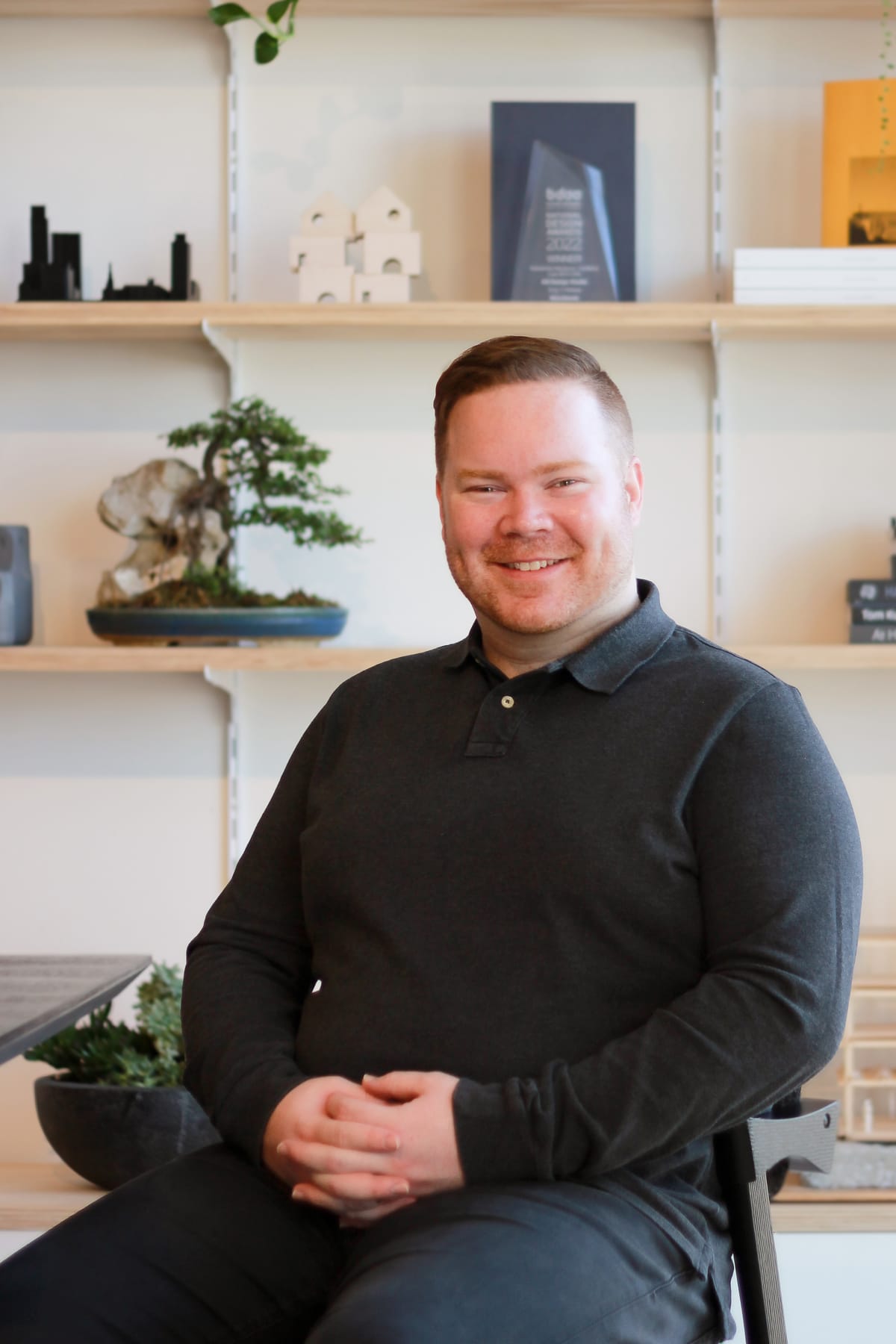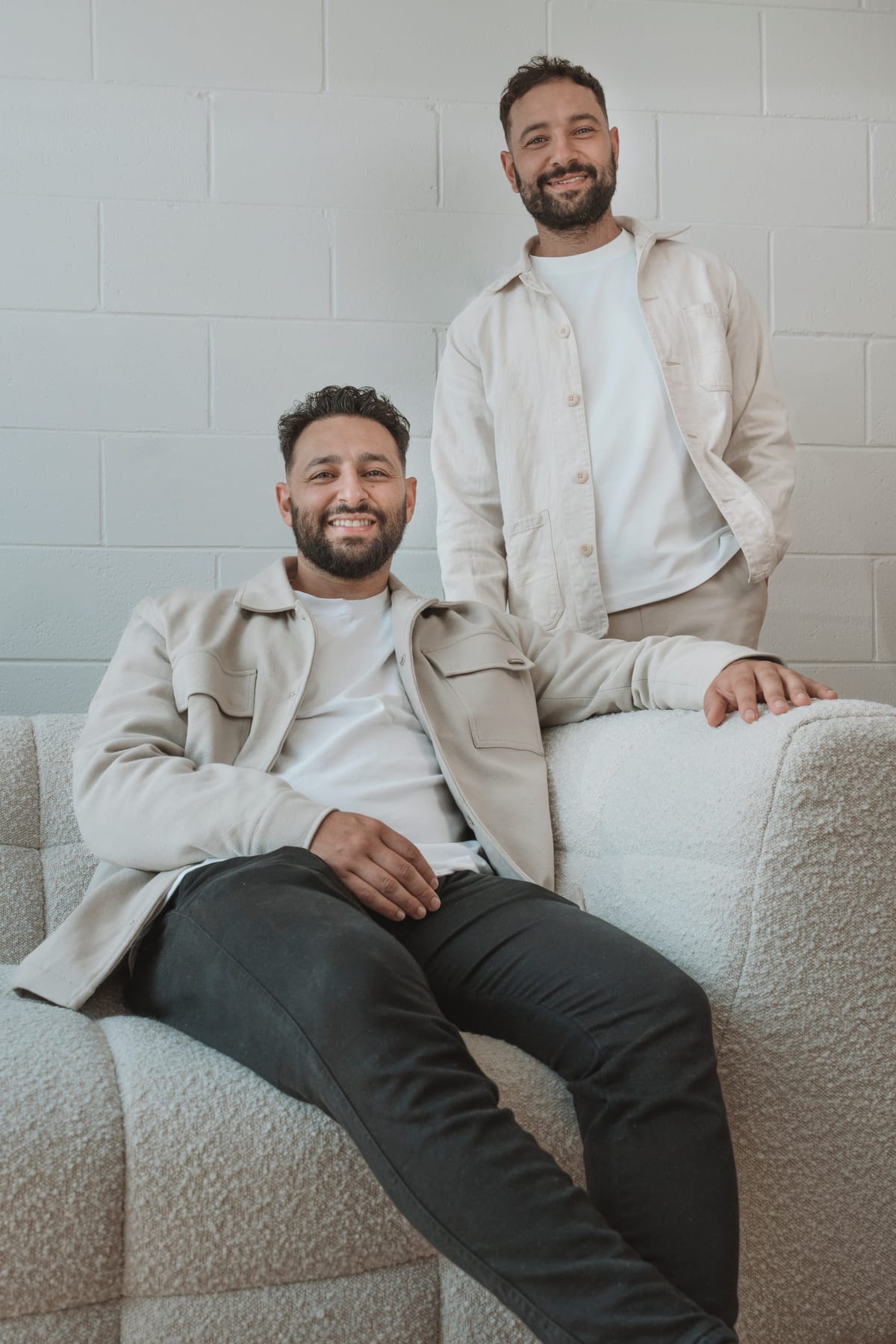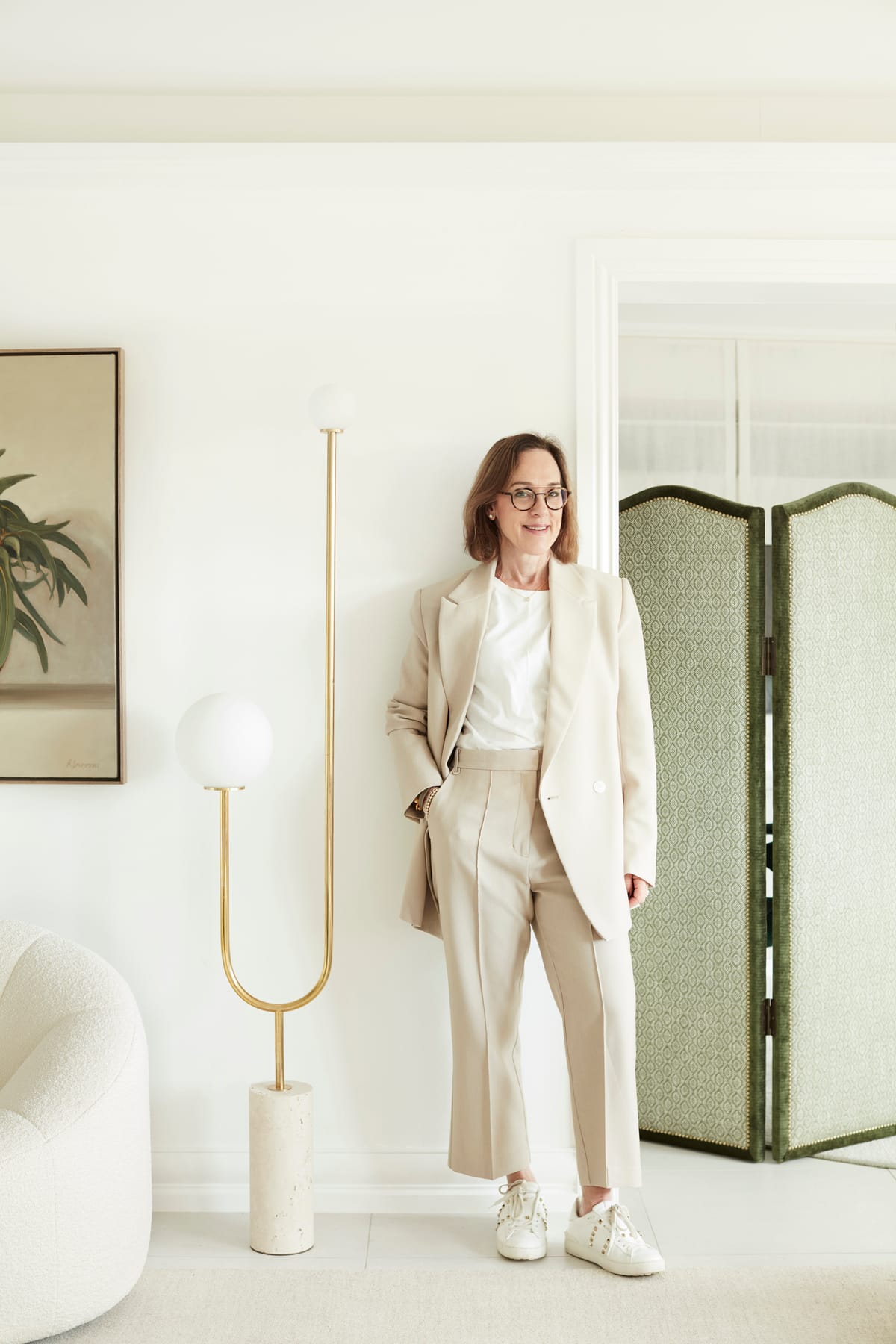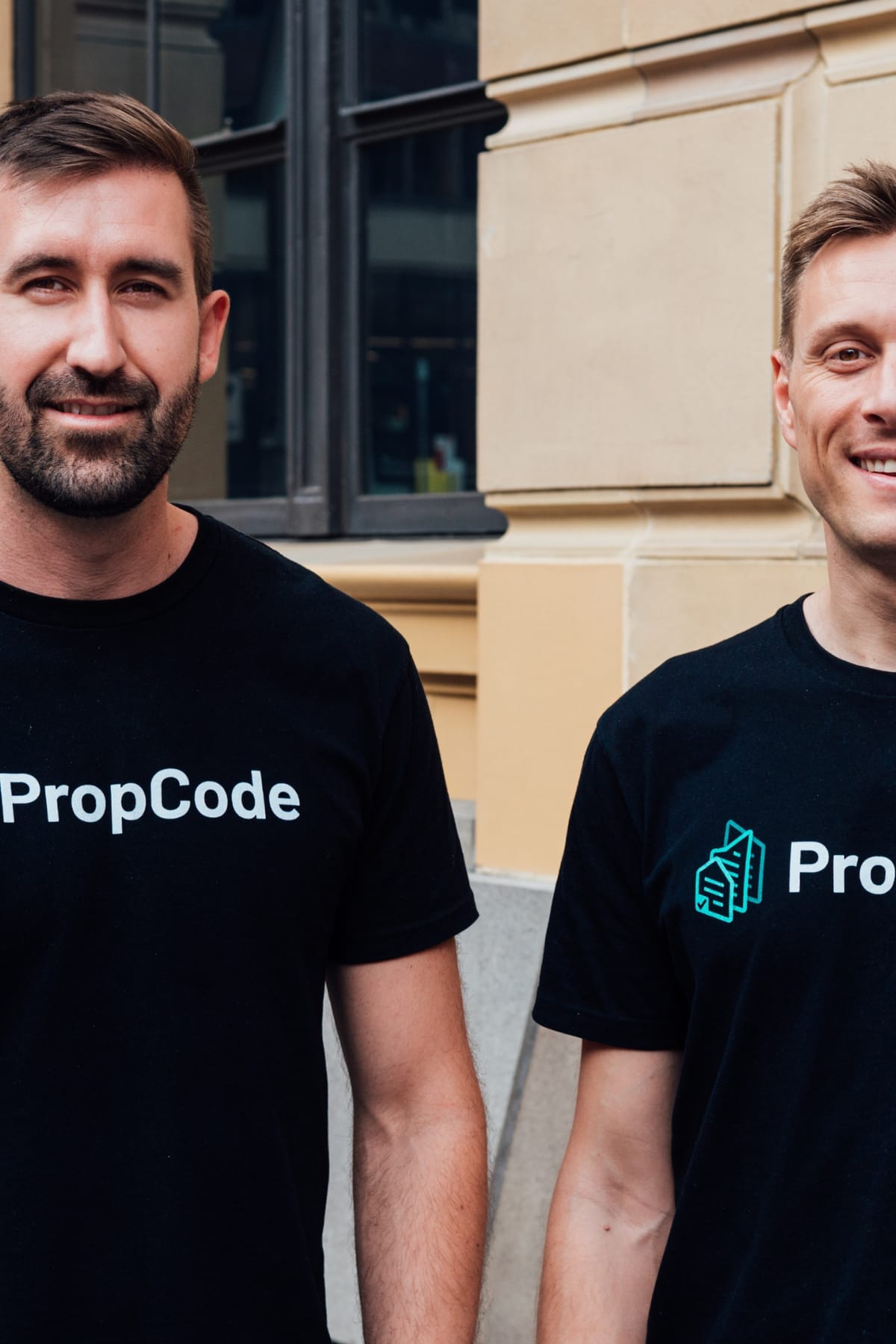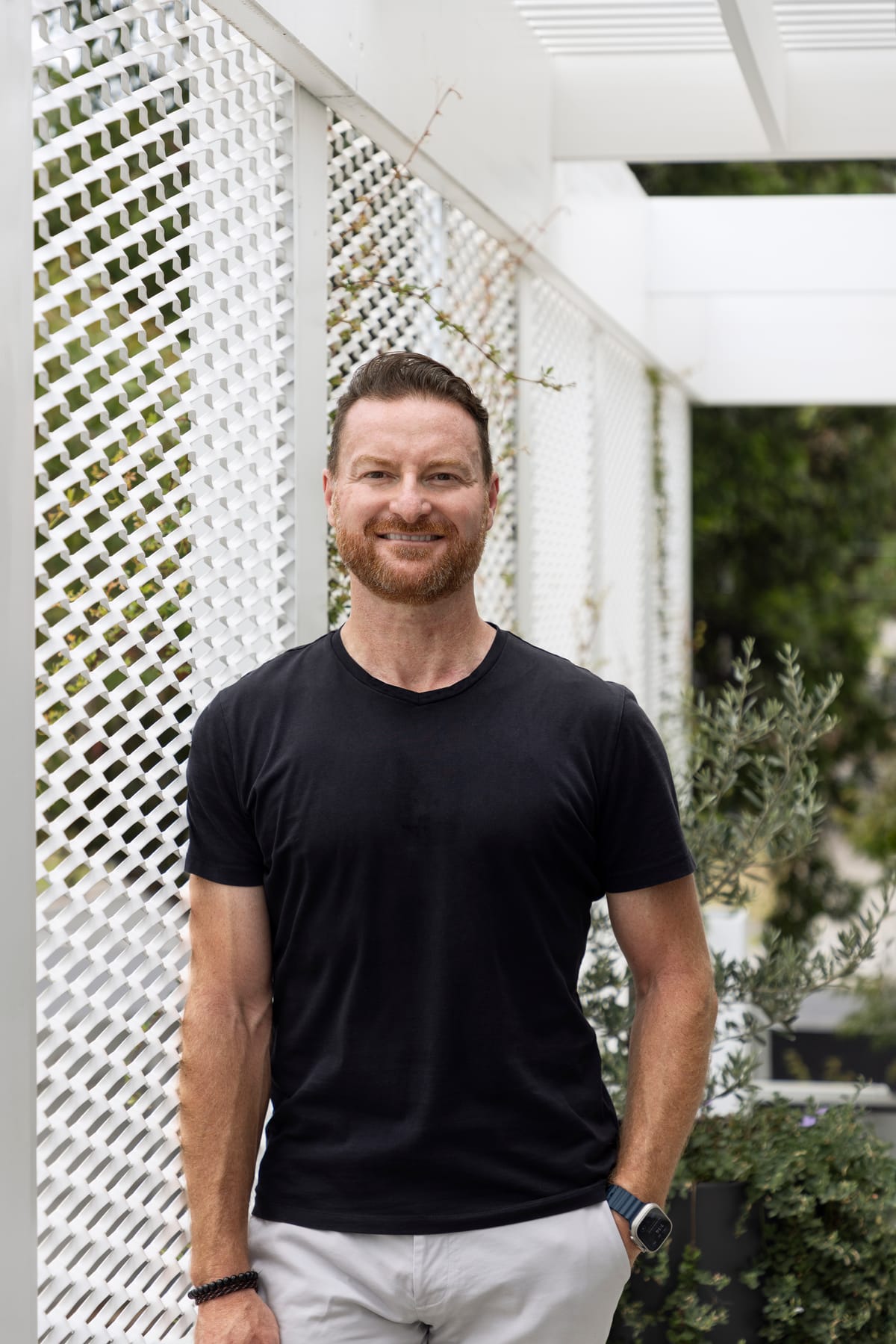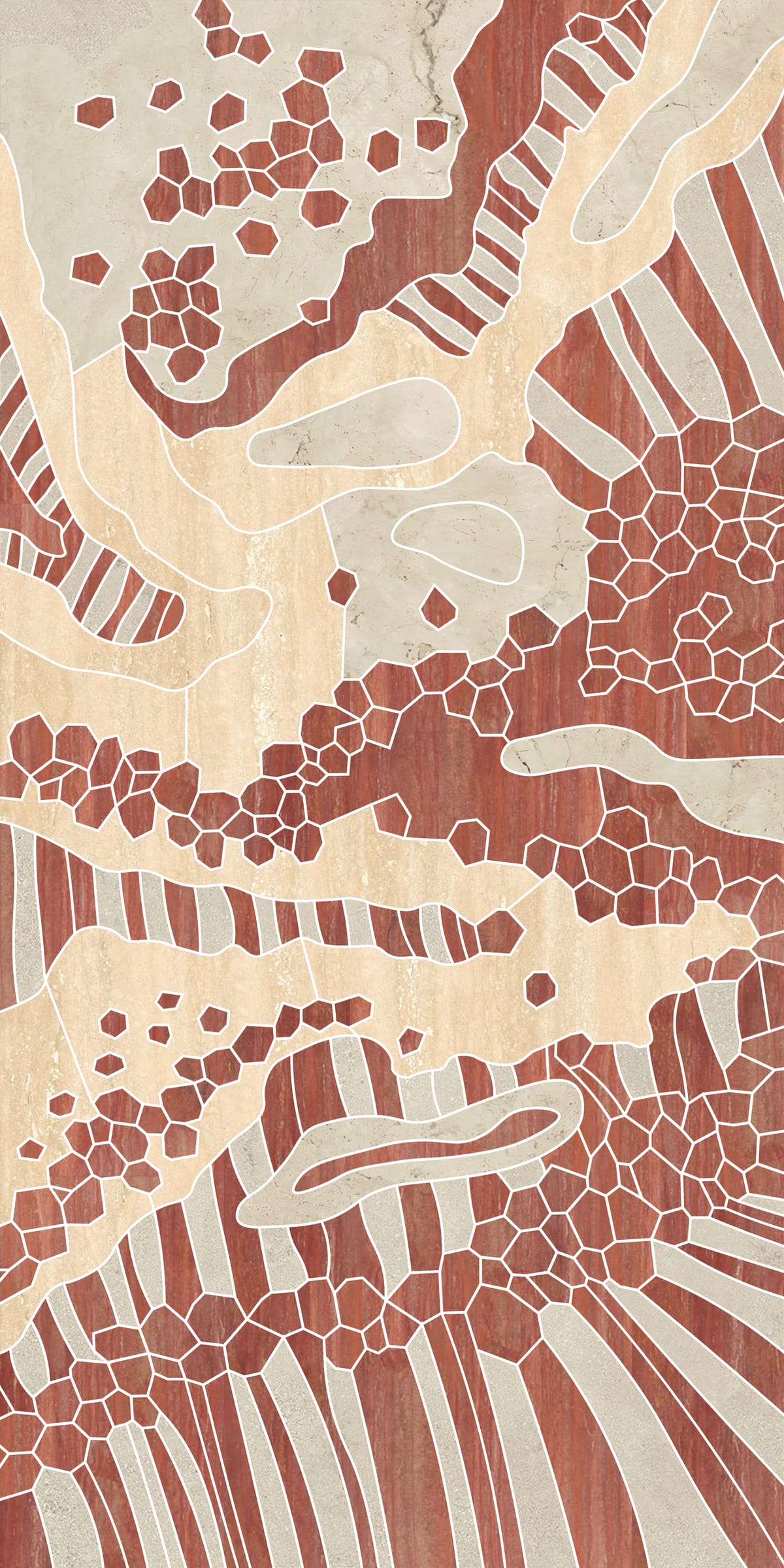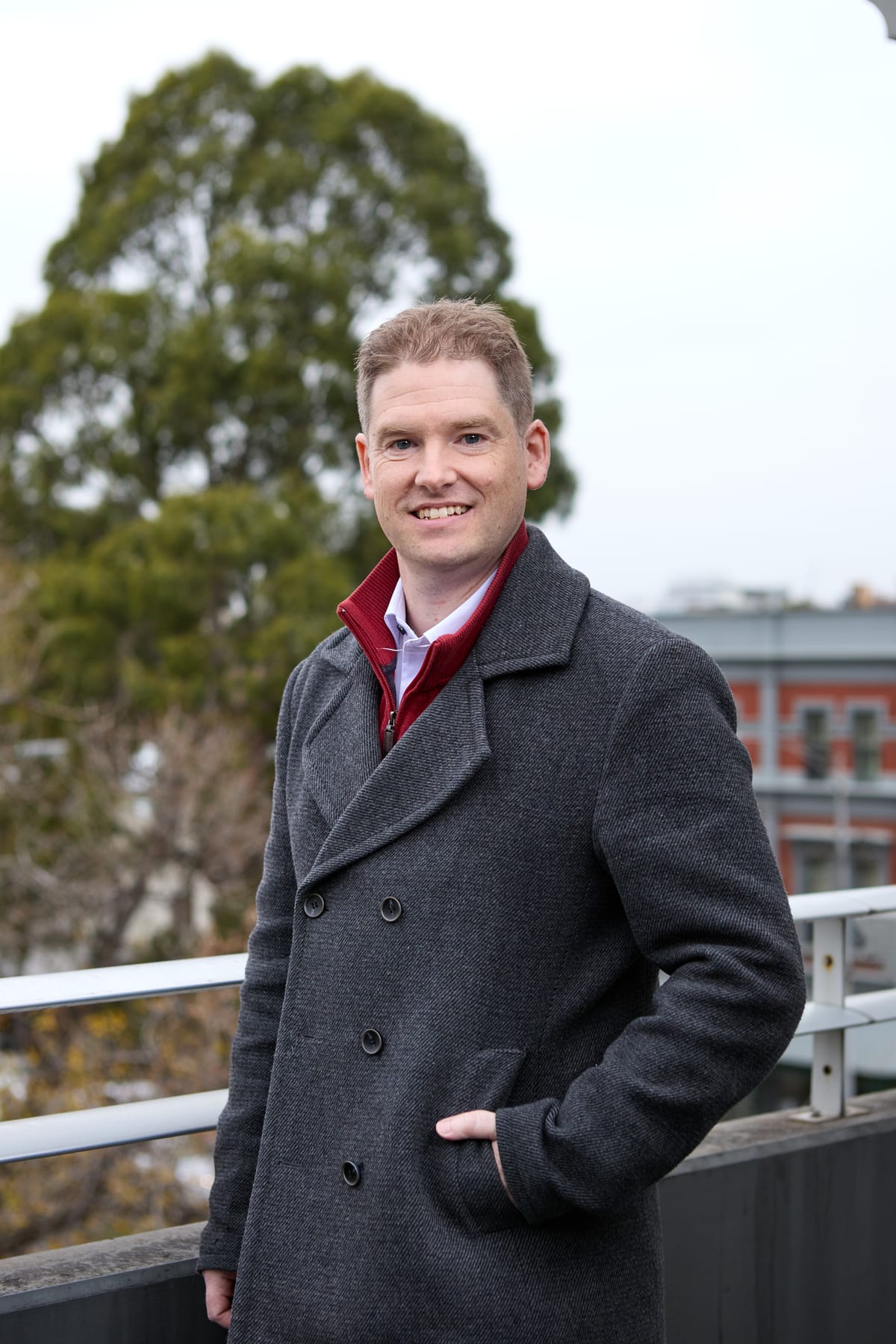About AO Design Studio
AO Design Studio is an Architecture and Interiors Office located in NSW, that believes in a humanistic approach to design. AO Design Studio focuses on blurring the boundaries between inside and out to deepen our interwoven connection with the environment around us. AO Design Studio prioritises a sustainable approach in all their projects, designing spaces that are harmonious with their surroundings while enhancing the lives of those who use them.
Your role at AO Design Studio and how long have you been with the practice?
As Founder and Director of AO Design Studio, I've led the studio for over four years, embracing multiple roles in a small team. This involves creative direction, project management, client interaction, and financial oversight, combining architectural vision with practical problem-solving across all stages of the design process.
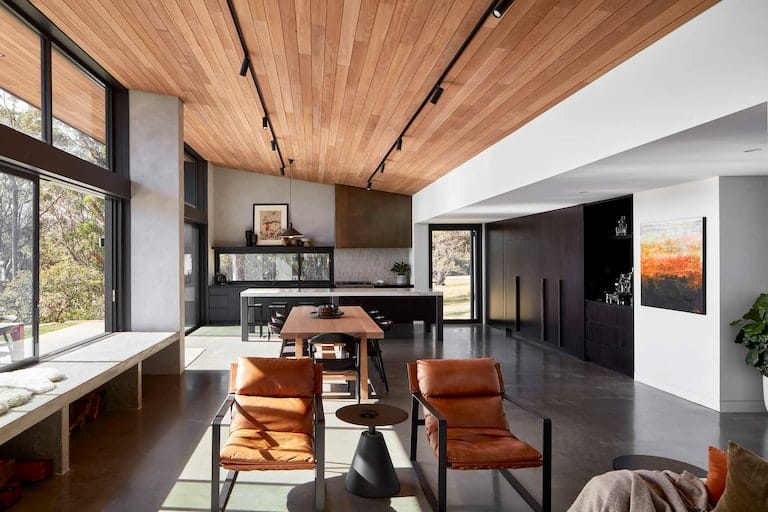
Why did you choose architecture as a career?
From a young age, my fascination with design was clear, though it initially didn't gravitate exclusively towards architecture. I found myself engrossed in designing vehicles, and this curiosity naturally extended to envisioning the entire architectural landscape for their production, the headquarters and factories. My academic interests were deeply rooted in mathematics, geometry, and the technical aspects of design. These subjects not only captivated my imagination but also laid a solid foundation for my future endeavours. From this, together with guidance from mentors, I was steered towards architecture as a fitting career path, where I could blend my diverse interests into a fulfilling career.
Where was your first architecture / design position? How did you get role and what was the application process?
After graduating during the global financial crisis with limited UK construction opportunities, I turned to Australia for my first architectural role. I proactively contacted select small firms, seeking diverse experience and design opportunities. By chance, one of my enquiries aligned with a firm's imminent hiring need, allowing me to secure a position even before it was officially advertised, marking a fortuitous start to my architectural career in a dynamic new setting.
A significant project you have worked on in your career?
With each project being a learning opportunity and a chance to test new ideas, they are all significant in some way, even the unbuilt works. However, a number of projects remaining close to my heart, such as the rebuilding of two homes lost during the Black Summer Bushfires for the most resilient, patient, and kind clients. In addition to this, our ‘House Woodlands’, being the inaugural project for the studio and the first to gain national design recognition will always stand as a significant achievement for the studio and a foundation for us to build on.
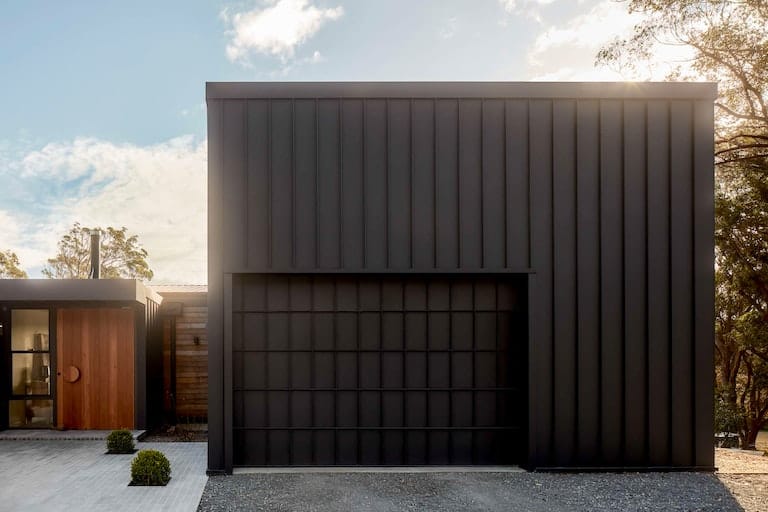
Best piece of advice you could give to job seekers who are currently looking / applying for roles?
I think so many people apply for roles without asking themselves if it is a good fit for them, does the companies culture and values reflect your own or what you aspire to. Go to their socials and observe if what they do is something you are interested in. We all grow into our roles and take on additional responsibilities, but we need time to do this. It is imperative to find the place where you feel you will fit best; this will then allow you the time to grow. From my own experience, it would be to break out from your comfort zone and look afar for opportunities but be specific, know who you are applying to and why. The job search can take some time to find a suitable role, so it is important to keep a positive mindset, see each application as a learning experience and don’t be discouraged by rejections. Seek feedback when possible and use it constructively to improve your future applications.
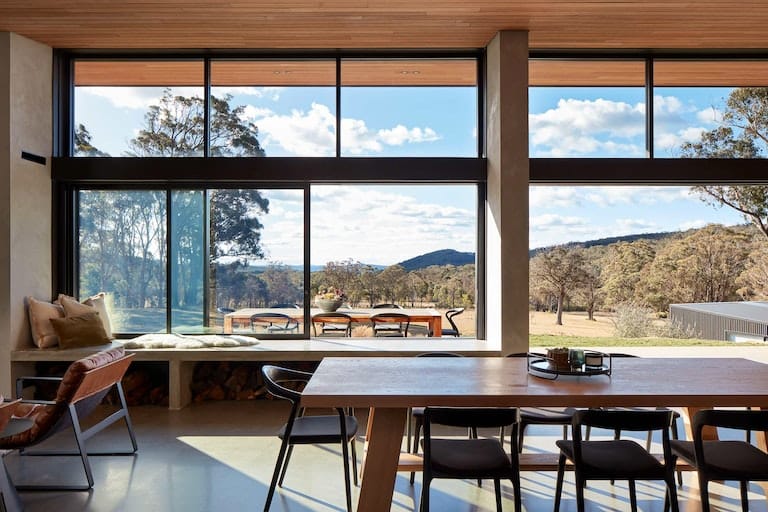
The biggest mistake you see applicants make with their job applications?
I would say one of the biggest mistakes we see is a lack of genuine interest or understanding of the role that is being advertised. The impression we get of some applicants is prioritising quantity over quality in their job search and it comes across too generic. We are not looking for tailored Portfolio or Resumes but spend a small amount of time to demonstrate your understanding of the role and company you are applying to through a cover letter and spending time to correctly answer screening questions, these are the first sections we read and sets the initial impression of the applicant.
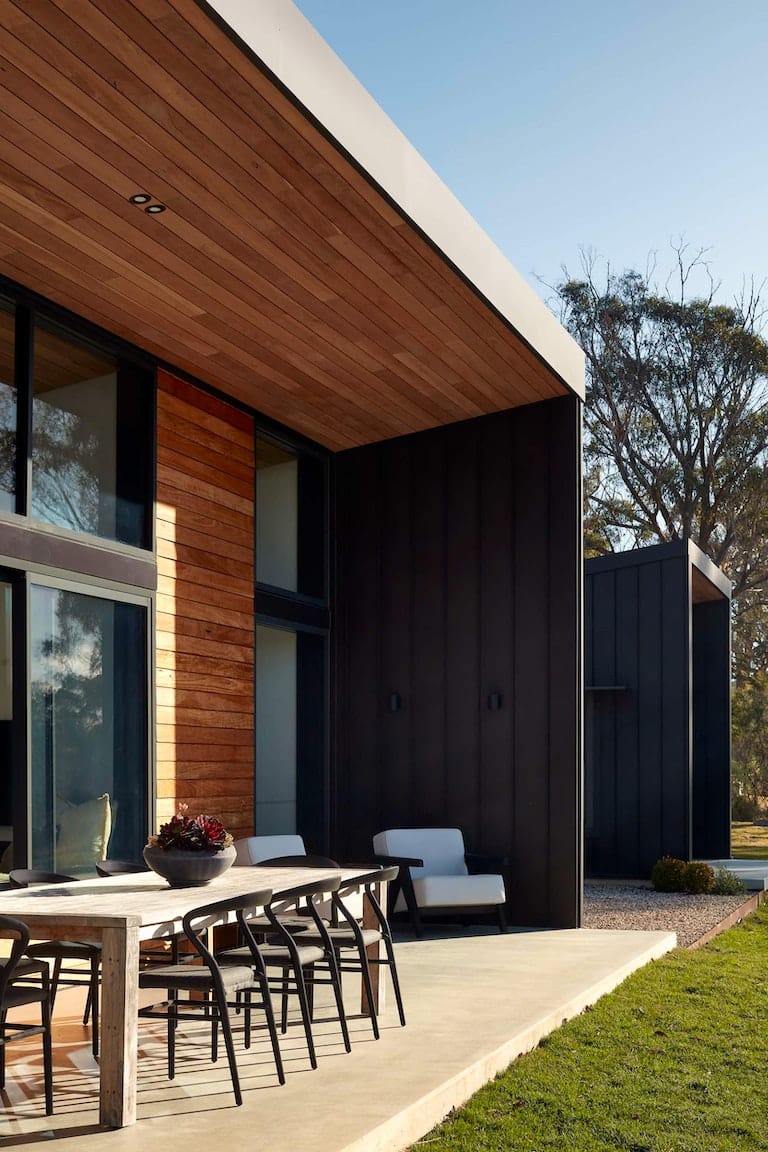
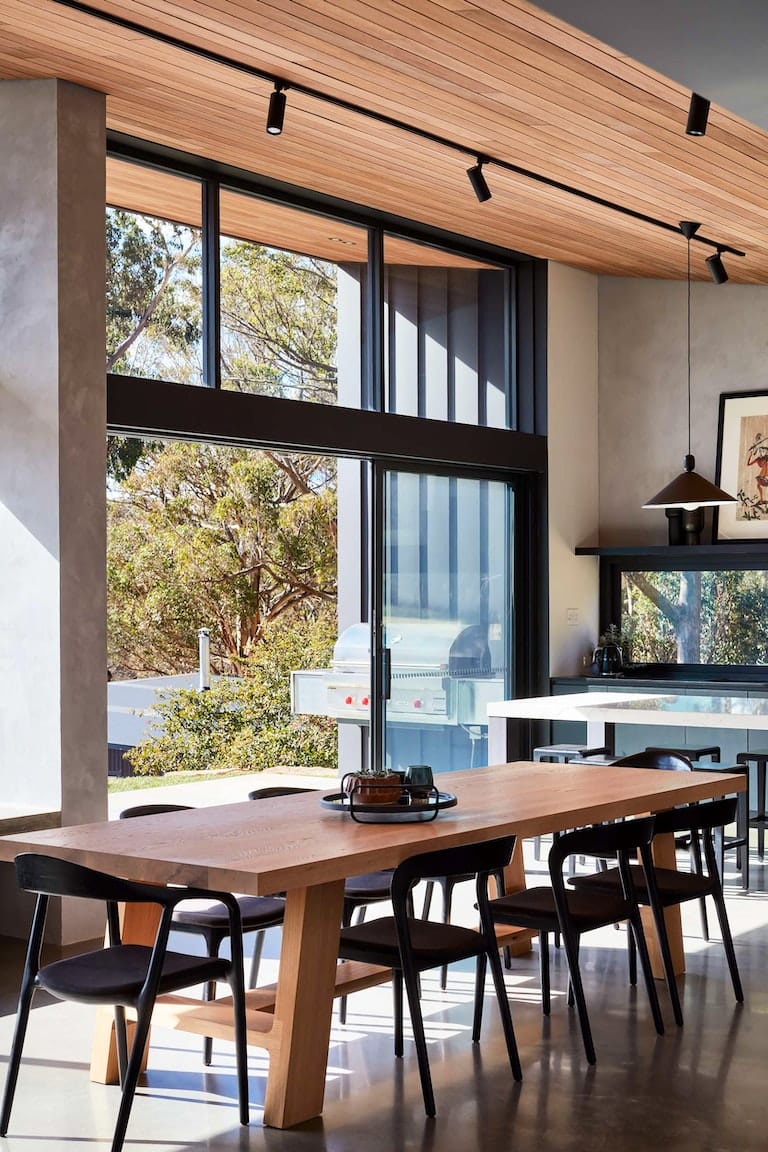
House Woodlands by AO Design Studio. Photography by Luc Remond.
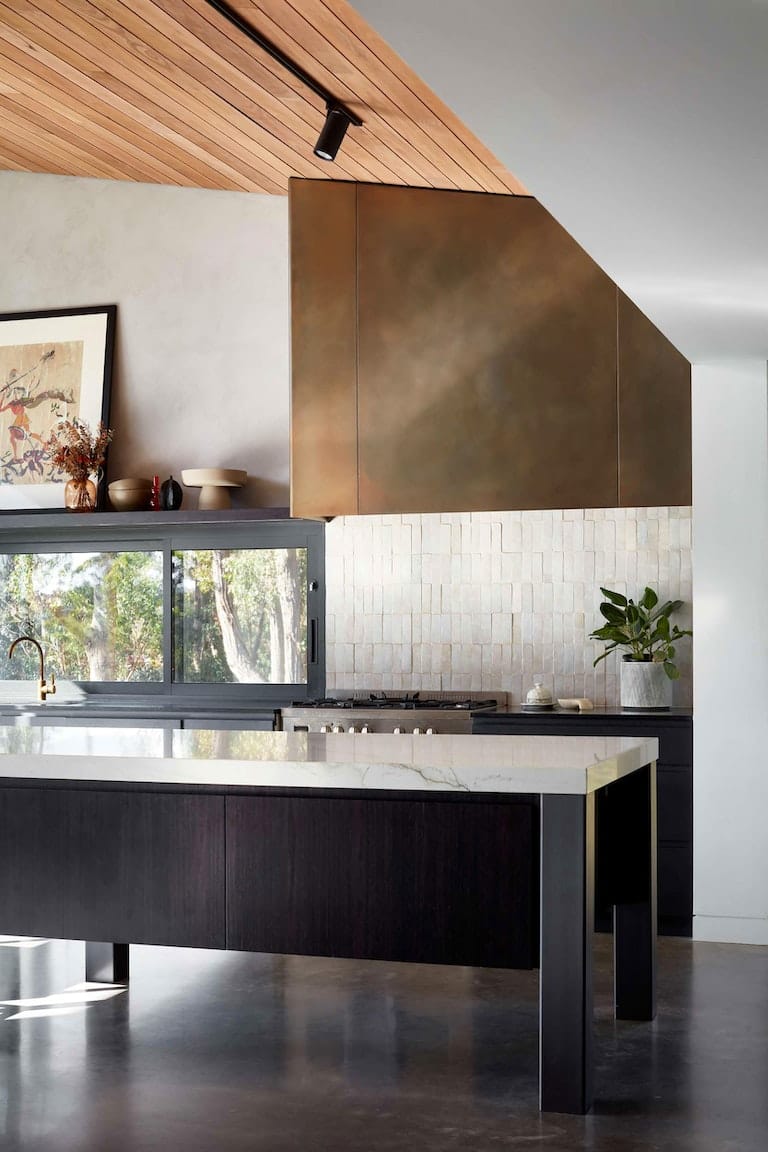
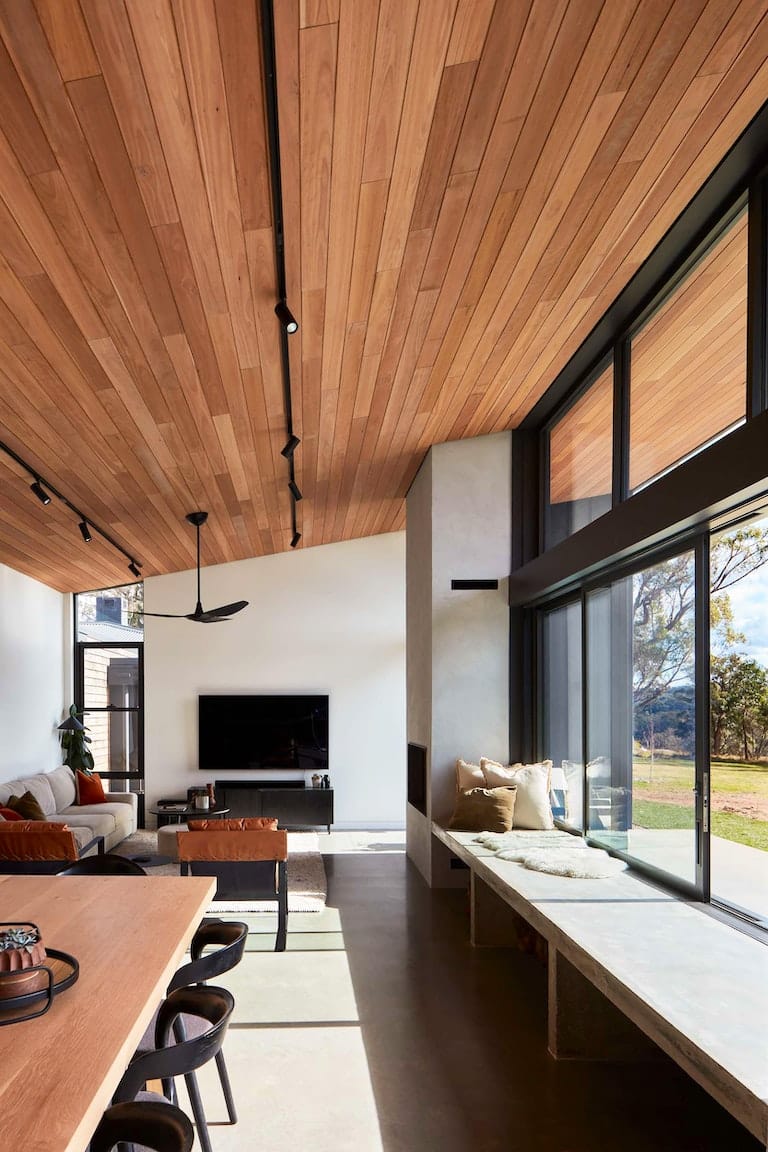
House Woodlands by AO Design Studio. Photography by Luc Remond.


